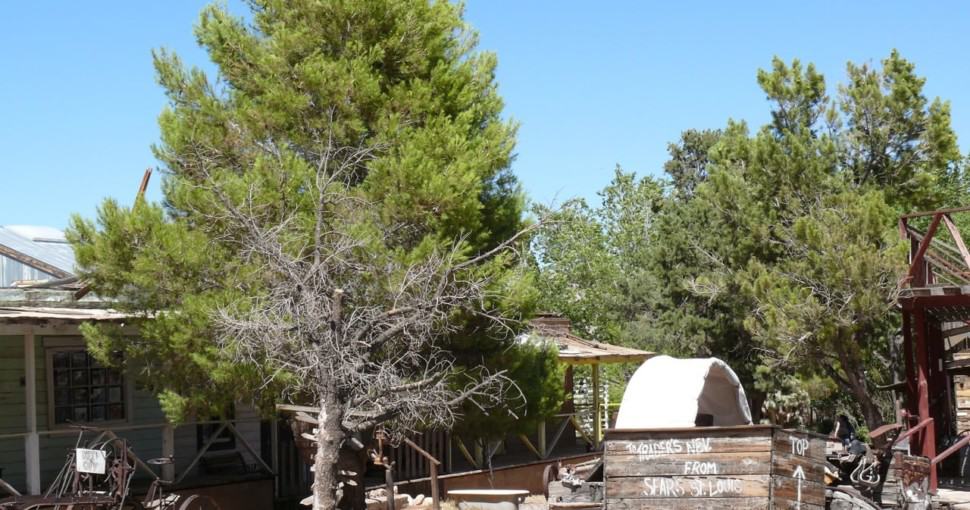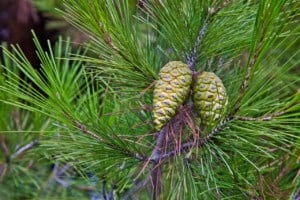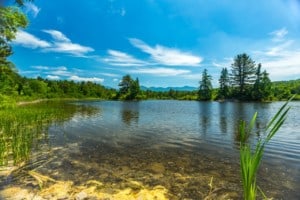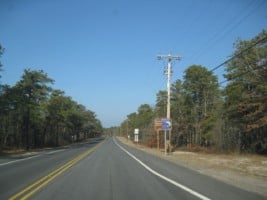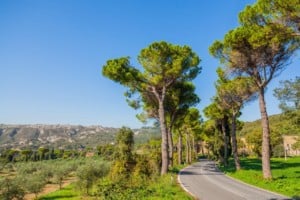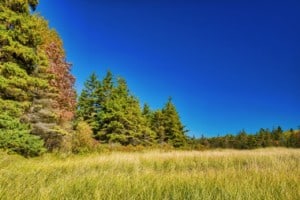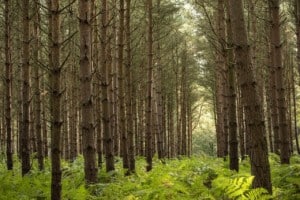Most of us refer to all conifers like pine trees, which makes sense because the pine family makes up 1/4th of the total conifers worldwide. However, the Christmas tree you got last December might not be a pine at all! It was probably a spruce or fir. Here are all the pine trees found in Las Vegas, so you can work on identifying them better!
Contents
Have you ever spent a vacation in Las Vegas? You will quickly start to notice that there are A LOT of pine trees in the region. While some may seem abandoned, most continue to thrive and grow to massive heights. That is the beauty of the pine tree. Once established, it grows and survives even under the stressful weather conditions of the desert climates of the west.
Las Vegas is located in the Northeastern region of the Mojave Desert. It is primarily influenced by the Sonoran Desert towards its Southeast and the Great Basin Desert to the North, both playing a significant role in determining its weather conditions and the species of plants thriving in this area. In general, Las Vegas tends to have a long growing period that extends from the mid of February all the way to November. That may seem like an ideal place to grow vegetation, but the weather conditions do come with challenges of their own.
If you attempt to grow pine trees in Las Vegas, be prepared for oven-high temperatures and extremely drying winds. You will also receive minimal rainfall, which dries out the soil and causes it to lose fertility. But, it’s not all bad. The consistently mild winters and a beautifully endless sky will have anybody want to move to Las Vegas and grow their own plantation under the warm sun.
So, let’s get right into it! Here are the different types of pine trees you will find in Las Vegas.
1. Limber Pine (Pinus flexilis)
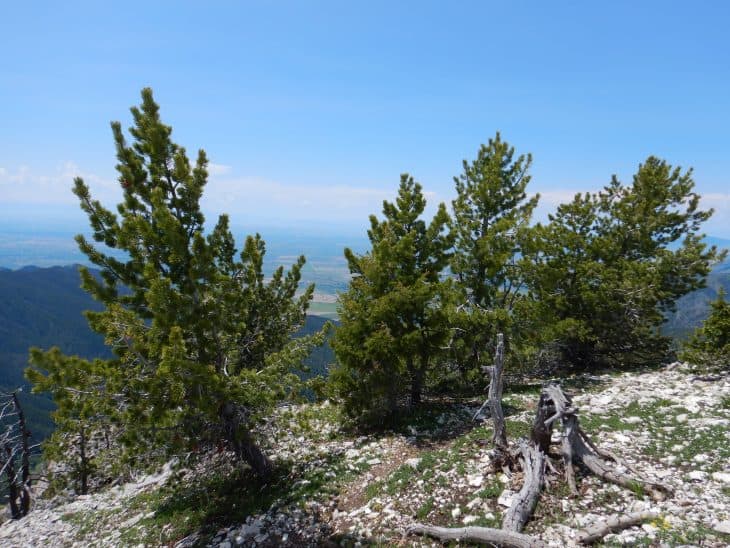
The limber pine is a small, twisted tree with short scrubby limbs supporting it. This pine usually doesn’t reach more than 10 meters in height, with the older branches often taking on a drooping look with upturned tips. The best way to identify limber pine trees is by their relatively larger cones and needles occurring in bunches of 5. You will also notice the needles appearing slightly bluing-green in color.
2. Ponderosa Pine (Pinus ponderosa)
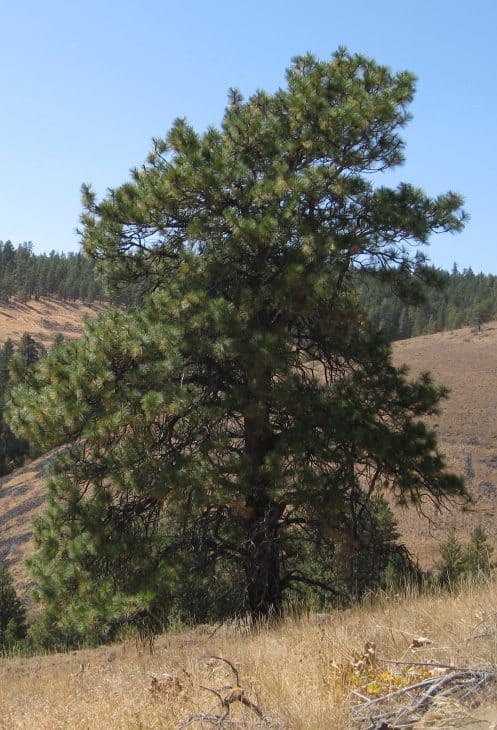
Also called the yellow pine, Ponderosa pine trees are quite easily recognized by their thick, tall trunks covered in a rust-colored bark. You will notice big plates on the trunk that look like it has been split into. Moreover, you can take a good ol’ sniff of the bark to identify it, as it smells like butterscotch or vanilla. These trees can quickly grow over 50 feet in height, with a rate of 12 to 15 inches per year.
3. Single-leaf Pinyon Pine (Pinus monophylla)
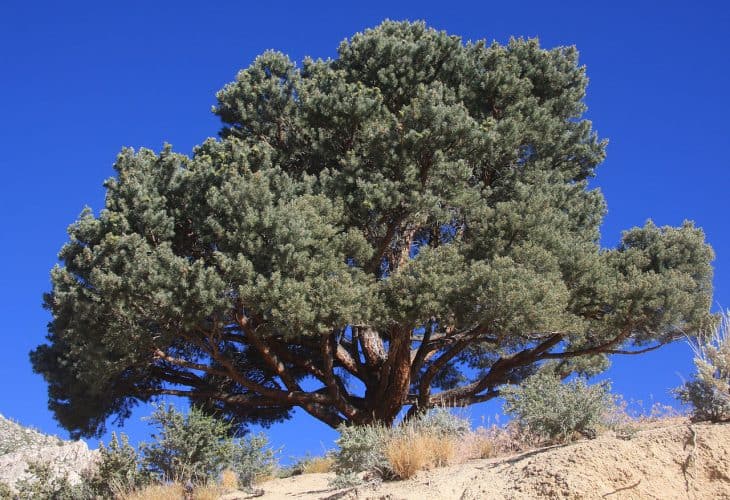
The single-leaf pinyon pine tree has yellow-green colored needles, which are around 2 inches long. They remain on the tree for 8 to 9 years, with the cones resembling little brown roses. If you look inside the cones, you can even find some delicious pine nuts to snack on. These trees are impressively drought-resistant and long-lived.
4. Southern Foxtail Pine (Pinus balfouriana austrina)
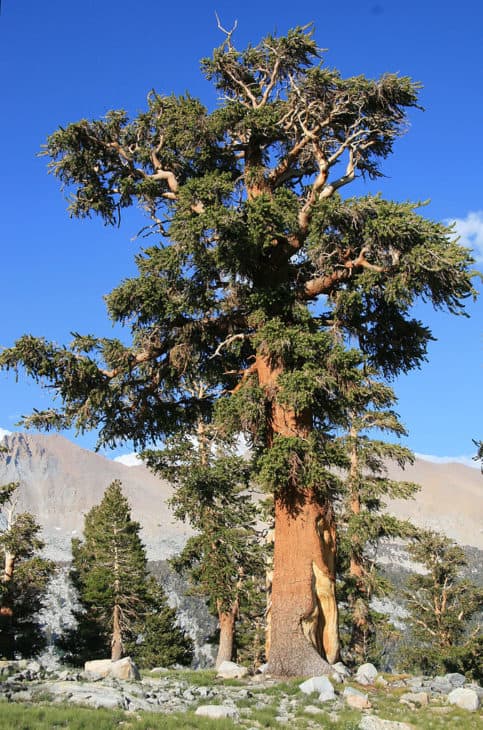
The Southern Foxtail pine is quite common in the upper elevation of the south-central Nevada region. However, abundant as it may be, this is quite a rare tree that is found in high mountainous areas. This tree is particularly tall, reaching over 35 meters in height with a trunk that can get up to 2 meters across. It has needle-like leaves in bunches of five, which is its best-identifying factor.
5. Two-needle Pinyon Pine (Colorado Pinyon Pine)
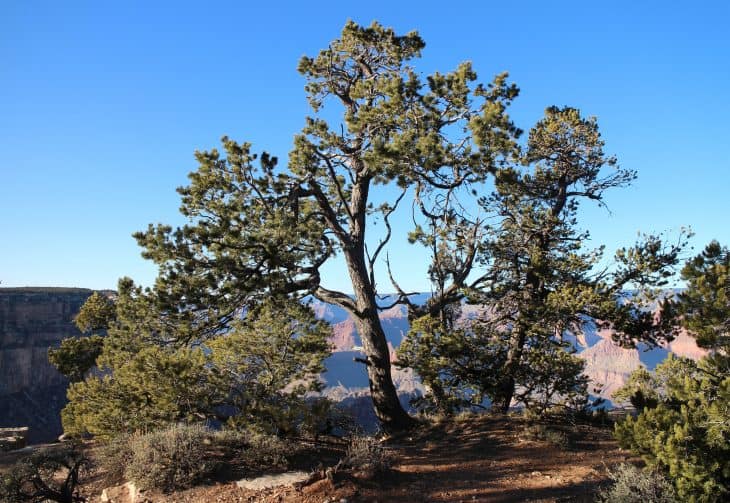
With its ancestral roots connecting it to the most drought-resistant trees, the Two-needle Pinyon pine is known for being quite widespread in moderate elevations, including the Upper Sonoran life zone of the Grand Canyon. It forms extensive woodlands, usually mixed with juniper trees, and grows up to medium heights of 10 to 20 feet. You will notice their barks being irregularly furrowed and quite scaly, with the long, green leaves found in pairs.

